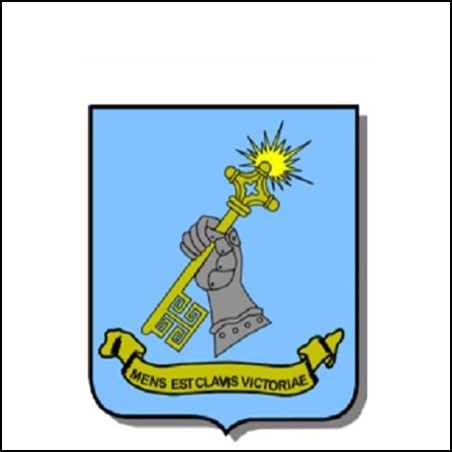
e-Document
|
Making the most of what we have - combat power and the Bradley dismounted infantryman.
Copies
0 Total copies, 0 Copies are in,
0 Copies are out.
Title
Making the most of what we have - combat power and the Bradley dismounted infantryman.
Call No
CDMC School of Advanced Military Studies Monograph
Digital Link
Authors
Subjects
Language
English
Published
Fort Leavenworth, KS : US Army Command and General Staff College,, 1990-03-26.
Target Audience
Unknown or not specified
MLA
APA
Chicago
0
/
0








